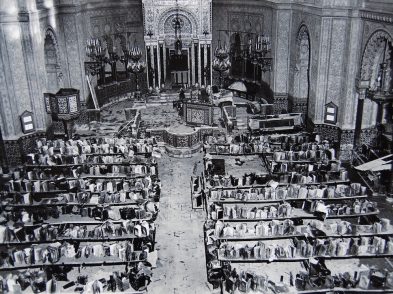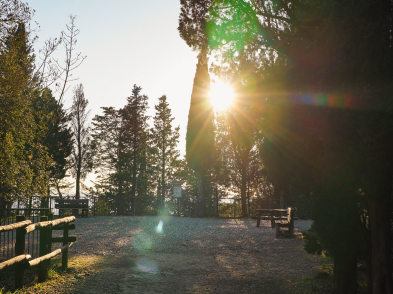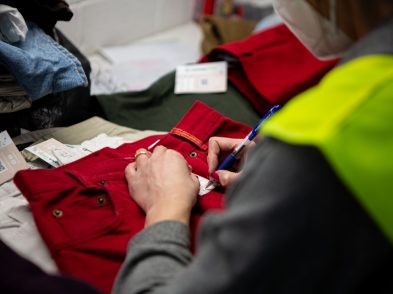This winter, Prato’s museums provide at least three good reasons to return to the textile city. Consider it an easy day trip by train, with plenty of opportunities for good food and shopping between museums and before returning to Florence.
POST CARAVAGGIO
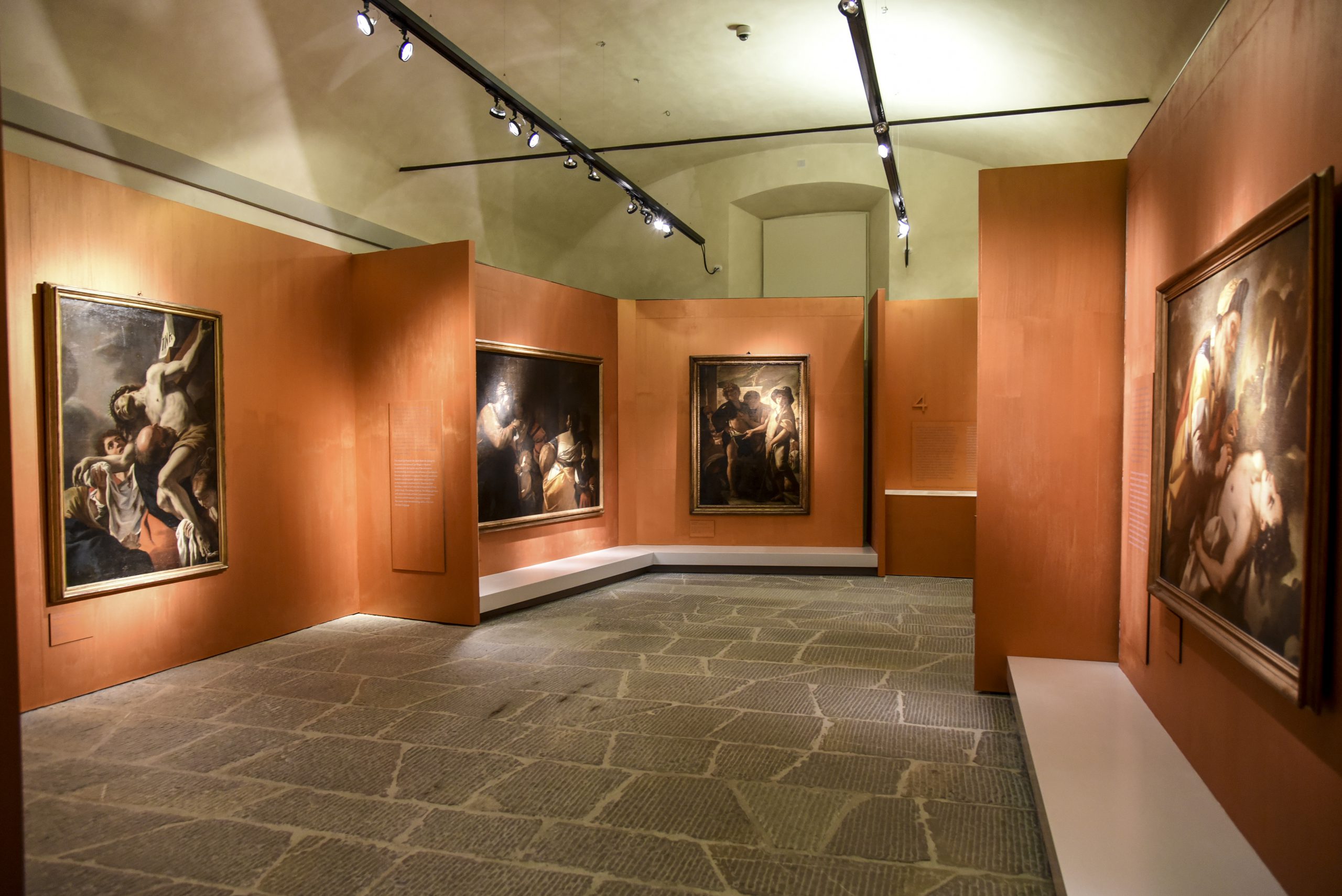
Ph. Marco Badiani
A “boutique” exhibition at Prato’s Palazzo Pretorio examines the impact of Caravaggio on the art of 17th-century Naples through a selection of works belonging to what are likely the two most important collections of this period in Tuscany. Dopo Caravaggio. Il Seicento Napoletano Nelle Collezioni di Palazzo Pretorio e Della Fondazione De Vito is on until April 13.
The artistic style in Naples after the death of Caravaggio was first characterized by naturalism before moving towards the Baroque thanks to the influx of artists and fashions from Bologna and Rome. Spanish artist Jusepe de Ribera, Massimo Stanzione, Bernardo Cavallino, Mattia Preti and Luca Giordano were the period’s big stars.
This is also an exhibition about the two collections whose works are on display in Prato. Despite its name, the Fondazione Giuseppe e Margaret De Vito per la Storia dell’Arte Moderna a Napoli is actually based in the Florentine hills at Vaglia and is considered a leading private collection of Neapolitan paintings. Put alongside works from the Palazzo Pretorio Museum, which holds a major nucleus of 17th-century Neapolitan painting, the two collections tell a story of passion and patronage for this period. Archival research in preparation for the exhibition has provided an opportunity to look into the roles played by Prato’s collectors in bringing art of this time to Tuscany: the dei Vaj family’s collection was formed in Rome under Barberini domination and brought to Prato in the middle of the Seicento, while other works come from the oeuvre of the Martini family, who were wool merchants and owned 130 paintings from different eras and types, all now belonging to the city.
Prato, Museo di Palazzo Pretorio, until April 13
BACK IN THE USSR

Ph. Marco Badiani
Centro Pecci’s main space is dedicated to the artistic output of the former Soviet Union (until May 3), making for vintage eye candy of a whole culture that is no longer. The exhibition questions what impact the “disappearance” of a Soviet alternative has on the rest of the (Western) world through an almost archaeological approach. While Communism was a cosmic utopia—represented at the Pecci with works like a suspended cosmonaut—reflecting on this past through the lens of time serves to consider what could have been, in a historical moment in which there seem to be no alternatives.
Two additional solo exhibitions at Centro Pecci stem from Italian artists looking to other cultures and exploring concepts of nomadism and home. Luca Vitone’s project Romanistan (until March 15) retraces the route the Roma and Sinti people took from northwest India to Italy in 1422. The Roma people is represented through an external gaze by a person, Vitone, who does not share their culture or traditions, but who wishes to go beyond the stereotypes of marginality and poverty with which the Roma are commonly associated, focusing instead on representing the intellectual bourgeoisie through encounters with political personalities, social activists and academics. The journey is represented through film, photographs and an artist’s book.
بيت Bayt (until March 15), meaning “home” in Arabic is a retrospective of the works of filmmaker Mario Rizzi, his first at an Italian institution. The central work is a trilogy of films that will now enter the museum’s permanent collection. They provide a sensitive, deep and complex vision of issues, such as female identity in the Arab world, the concept of home and uprooting, and the driving forces between innovation and conservation that have traversed and traverse the Mediterranean. Alongside the trilogy are other photographic and film productions by Rizzi. The show addresses key current issues in this current historical moment, and the Pecci’s choice is intended as a voice that can help to interpret today’s global socio-cultural dynamics, starting with those that run through the city of Prato itself.
Prato Centro Pecci, until March 15/May 3
PINOCCHIO COSTUMES
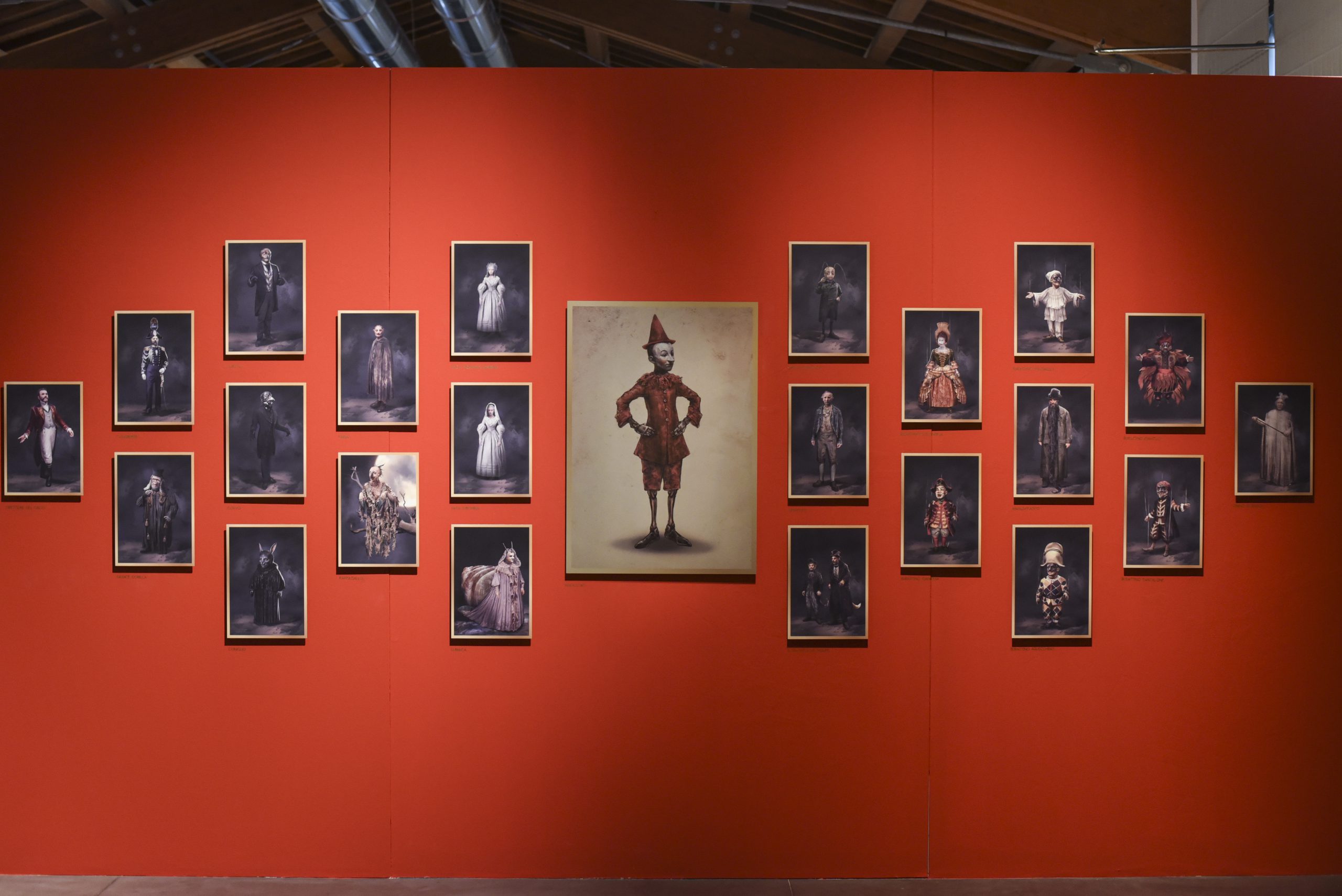
Ph. Marco Badiani
This Christmas, Italian families flocked to see the latest adaptation of Pinocchio for cinema directed by Matteo Garrone and featuring superstar Roberto Benigni as Geppetto. The costumes for this charming film were designed by Massimo Cantini Parrini, one of Italy’s most successful costume designers. The costumes will be on display at Prato’s Museo del Tessuto until March 22 in the exhibition Pinocchio in the costumes of Massimo Cantini Parrini.
After an introduction dedicated to the designer’s process and his personal archive of historical outfits that inspire and inform his work, the scenic installation displays all of the main costumes for the film. Of particular note is the incredible workmanship and the quality of the fabrics that were specially treated to give a sense of the time. This show will surely delight children familiar with the story of the wooden boy.
Prato, Museo del Tessuto, until March 22
The Prato Museo Card costs 16 euro and gets you into all the museums mentioned here.

